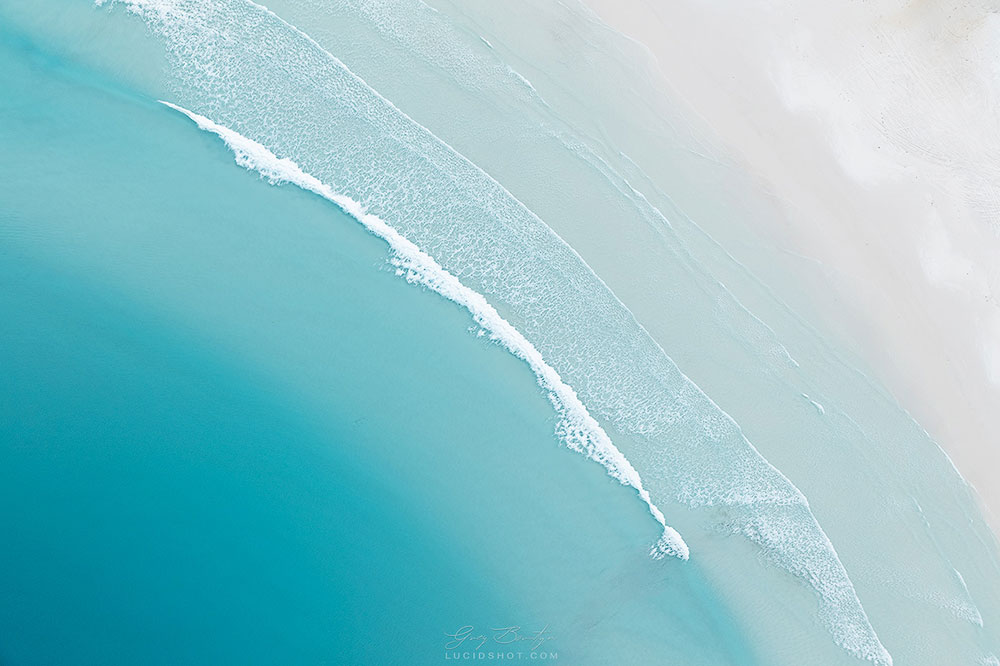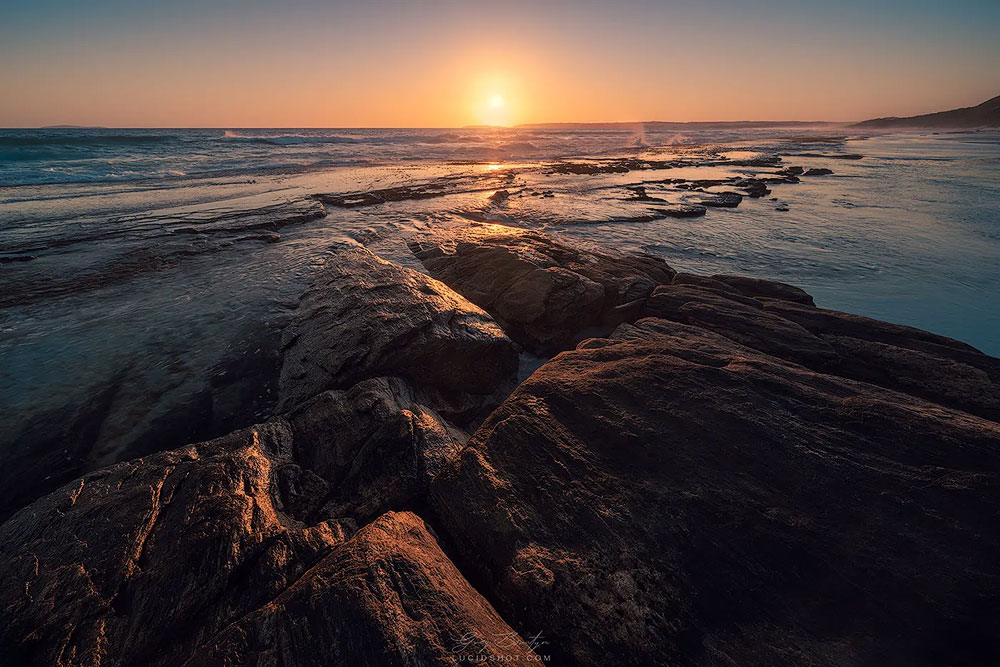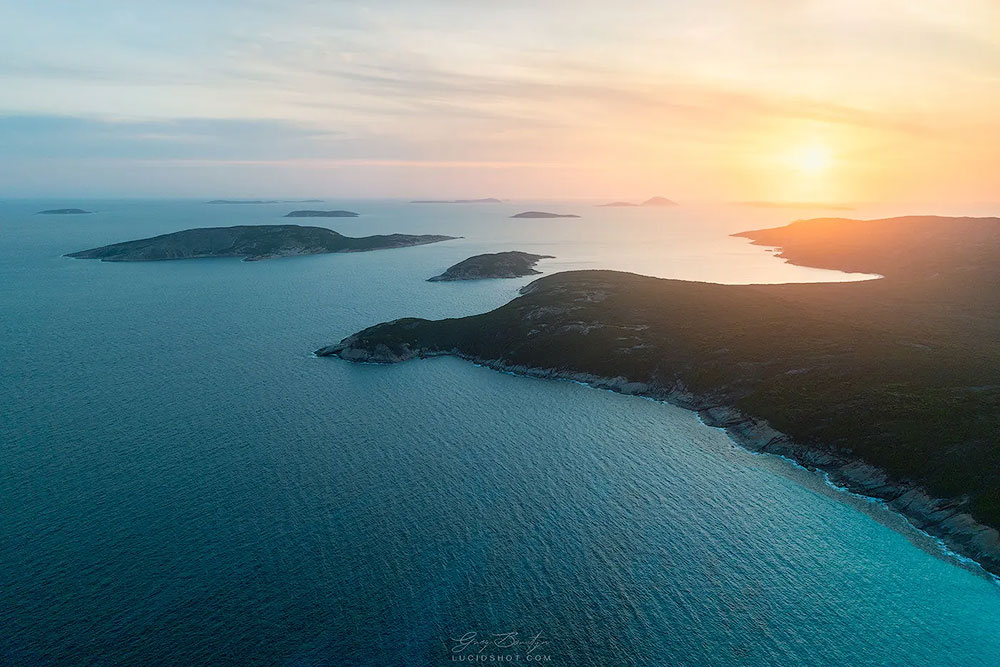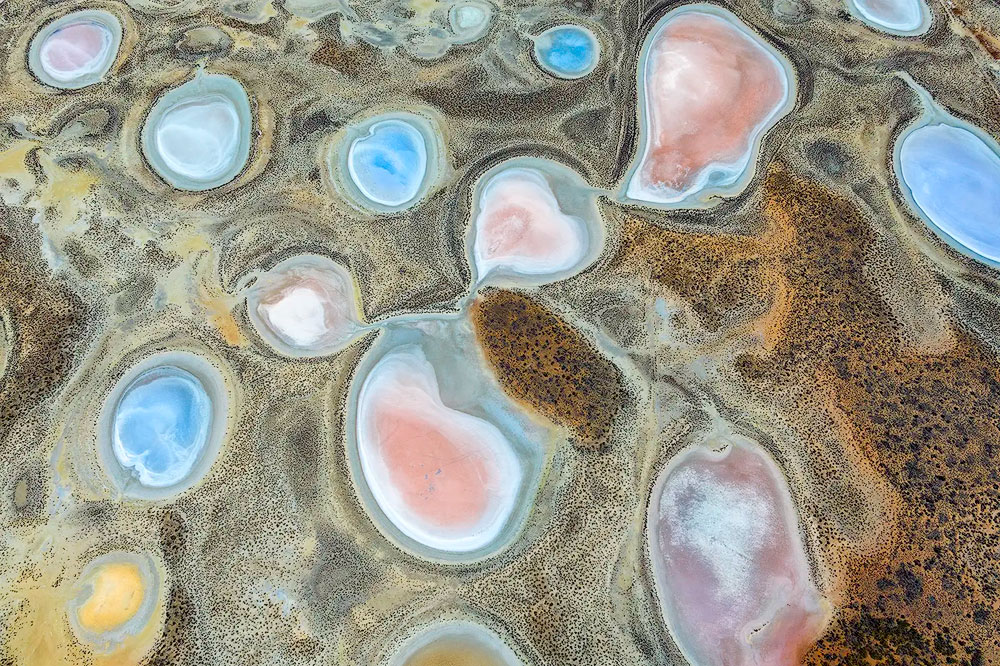If I had to describe Western Australia in one sentence, I'd simply say it's an incredible land. As a photographer, I was captivated by its diverse nature and wildlife, but as a landscape photographer, I found the land, lakes, and breathtaking coastline - home to some of the whitest beaches in the world - especially inspiring.
The Vast Expanse of Western Australia
Unlike the more densely populated eastern side of Australia, Western Australia feels vast and untouched. It's also home to fewer swarms of insects, as well as venomous snakes and lizards, which are more common in the east. I spent several months traveling from Perth to Esperance, photographing from both the ground and the air with my drone, and this region did not disappoint.

The Whitest Sand Beaches In The World
For me, the most mesmerizing part of the journey was the white sand beaches in the southwest, near Esperance. It took multiple flights from California to get there, but once I arrived, it felt like stepping into another world. The Indian Ocean here is a surreal shade of blue, with sunlight penetrating the shallow waters and reflecting off the dense, silica-rich white sand. Walking on it is an experience in itself—it produces a squeaky sound, much like the crunch of frozen snow at extreme temperatures (-25°C or lower).
The waves rolling onto this pristine sand create stunning reflections, as the silica prevents the water from sinking in too quickly. This makes for spectacular sunset and sunrise photography, with golden hues shimmering across the wet sand.

Drone Photography in Western Australia
From the air, these beaches look even more otherworldly. Drone photography reveals the coastline's rugged white cliffs, rolling turquoise waves, and even humpback whales with their calves. With virtually no people or signs of civilization—no buildings, no roads—it's easy to capture these landscapes in their purest form. The rock formations scattered across the beaches add an almost alien-like presence, serving as perfect foreground elements to complement the blue ocean, the white sand, and the fiery hues of the setting sun. What more could a photographer ask for?

The Gear
So what should you bring to photograph these amazing beaches besides a drone? For me, my Nikon Z9, along with the Nikon 24-120mm f/4 and 14-30mm f/4, was more than enough. I also had the 180-600mm f/5.6-6.3 with me, but I used it infrequently on the beach—mainly for capturing distant waves. However, it proved more useful when photographing kangaroos and other wildlife nearby.

An Unforgettable Experience
I've completely fallen in love with Australia - especially Western Australia - and its welcoming culture. I know I'll be returning frequently. In fact, I'm already planning a trip to explore the northern part of Western Australia in 2028, when a total solar eclipse will occur over Spring Pyramid at 10:51 AM local time. While the eclipse will be visible across Australia and New Zealand, I've chosen Spring Pyramid (or a nearby location) because I want to capture the eclipse as close to the horizon as possible, incorporating an interesting foreground element - perhaps a unique rock formation or a lone tree. Additionally, this location has historically clear skies on July 22nd, making it ideal for photographing the celestial event.